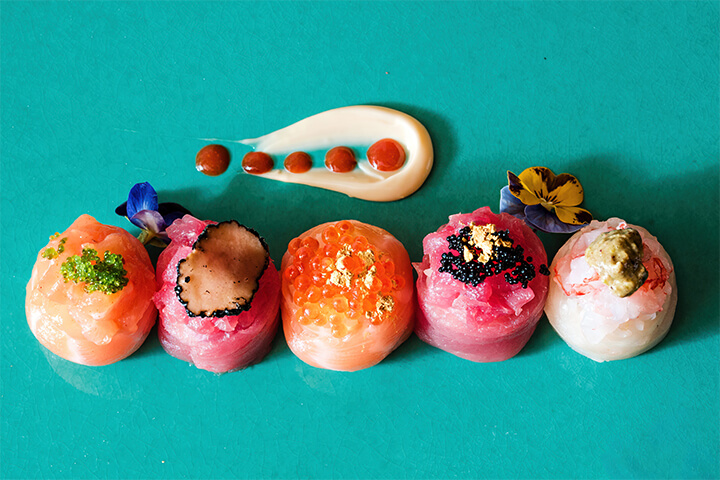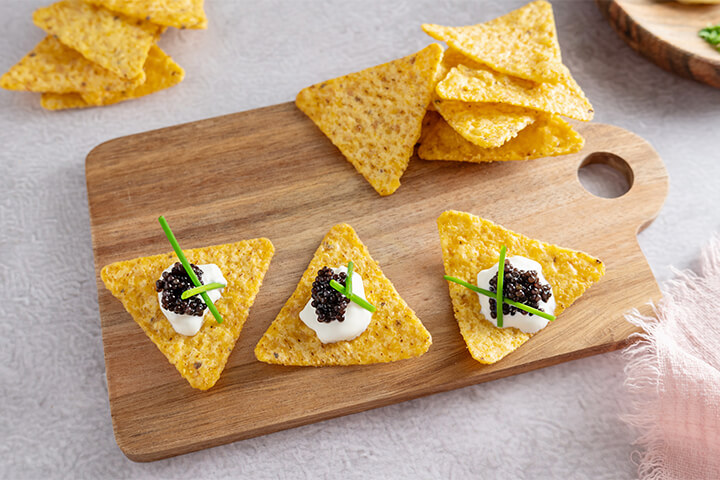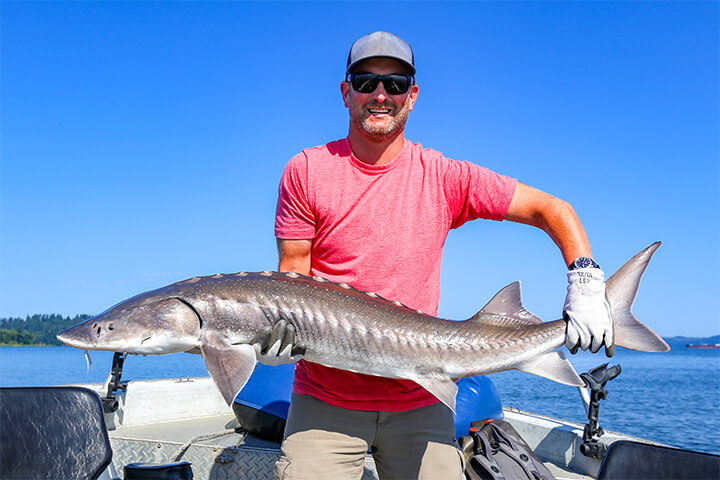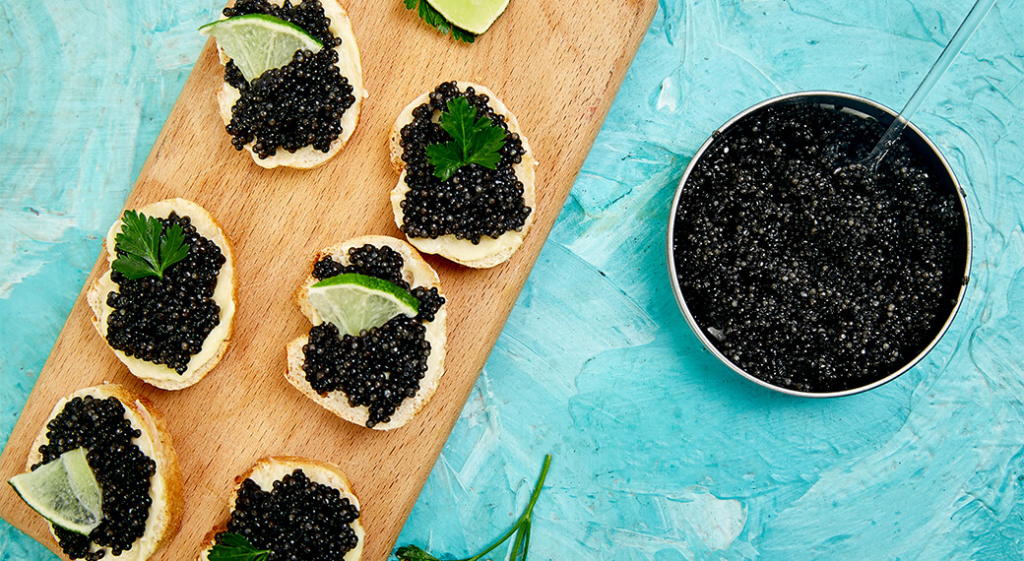Once a symbol of one-percenter opulence, caviar has found itself on a broader range of tables, fueled by two distinct trends: the rise of sustainable aquaculture and the unexpected influence of “caviar culture” on social media. We share insights about caviar’s new audience and tips for how restaurants can profit from its popularity.
The Price of Indulgence

Caviar comes exclusively from sturgeon, a prehistoric, cartilaginous fish found in the Caspian and Black Seas, as well as parts of North America and Asia. Unlike the roe (fish eggs) of other species such as salmon or trout, caviar has a distinct texture and is more nuanced in flavor.
Until recently, caviar had always been a delicacy shrouded in exclusivity. Its rarity, due to the slow growth cycle and limited natural habitats of sturgeon, coupled with the labor-intensive harvesting process, made it a food reserved for the very wealthy.
However, overfishing of wild sturgeon populations to meet the demand for caviar led to a dramatic decline of these magnificent fish. To combat their near-extinction, strict regulations were implemented to protect wild sturgeon, resulting in less availability and an even higher price tag. All 26 species of sturgeon remain near extinction, and an illegal trade persists.
This is where aquaculture steps in.
How Aquaculture & Social Media Brought Caviar Back to the Table

Over the past few years, caviar has made a comeback and attracted an entirely new audience. Here are the major factors contributing to its newfound accessibility.
The Sustainable Scoop
Aquaculture led to a more stable supply of caviar and roe, making this luxury good more accessible. However, prices remain highly variable depending on the sturgeon species, quality grade, and farming practices.
The sustainability levels of sturgeon farms vary, so it is important for restaurants to choose a responsible producer. Sustainable producers raise sturgeon in large enclosures with plenty of space to swim naturally and avoid stressful handling practices. They also rely on closed recirculating aquaculture systems (RAS) that minimize water usage and waste discharge.
Less responsible producers may rely on open pond systems, which raise concerns about water pollution from excess nutrients and potential carnivorous escapees impacting native ecosystems. Responsible producers also extract roe using methods that minimize harm and allow the fish to be released back into the water.
The Snackification of Caviar
Another major factor that influenced people to explore caviar is influencers themselves. In 2022, Danielle Zaslavskaya (@dzaslavsky), heiress to a caviar empire, made a simple video about a surprising snack: caviar on a piece of “fitness bread” with butter. Her video reached millions of views and collected over 500,000 likes.
Zaslavskaya’s family owns the Marky’s Caviar brand, so naturally she capitalized on her video’s positive response by further “snackifying” this luxury item. Her marketing strategy featured roe with unusual pairings, including snack food favorites like Doritos. Viewers found her casual approach refreshing because it eroded he perception of caviar as an overly fancy, inaccessible, and confusing food.
The Caviar Bump
Caviar’s rise isn’t just about Zaslavskaya. The trend took another turn with the emergence of #CaviarBump racking up millions of views. Caviar bumps involve placing a small dollop of roe on the back of the hand to be eaten straight up, which some believe is the purest way to enjoy the delicacy.
While the true accessibility of caviar is still highly debatable, there’s no doubt that social media platforms like TikTok has brought this delicacy to the forefront for a whole new generation.
Luxury brands have taken note by partnering with social media influencers to create engaging content that educates and entertains. Their decision to move past traditional marketing channels and speak directly to a younger audience in their preferred language — authenticity and visual storytelling — paid off. Since 2020, caviar sales have increased 76% globally.
How a New Generation Is Redefining Luxury Food
While the allure of exclusivity still holds some sway, younger audiences may seek a different kind of luxury experience. They appreciate knowledgeable staff who can explain the origin, variety, and flavor profile of different roe.
Modern audiences are often attuned to the injustices surrounding illegal caviar sales and industry fraud. To earn their trust and make them feel good about their splurge, partner with reputable suppliers who prioritize ethical sourcing and environmental responsibility. Then, highlight the sustainable practices behind your caviar offerings. Sharing your commitment to sustainability and ethical sourcing with your diners through menus, website content, and social media will draw more conscious consumers to your door.
Additionally, luxury doesn’t have to mean excess. While prices have dropped, caviar is still very expensive. Younger diners enjoy smaller portions and flights that allow them to explore different varieties without breaking the bank.
Offering caviar as an add-on to existing menu items also creates a more accessible entry point. As snackification dictates, it is no longer just for formal occasions. This opens doors for creative restaurants to shine and have some fun with surprising food pairings, from breakfast to the dessert menu.
Caviar as a Modern Foodie Favorite

No longer confined to formal occasions and extreme price tags, caviar and roe found a new home on diverse plates thanks to responsible aquaculture and social media’s democratizing effect. While still a luxury, its newfound accessibility caters to a generation that values both indulgence and responsible consumption.



